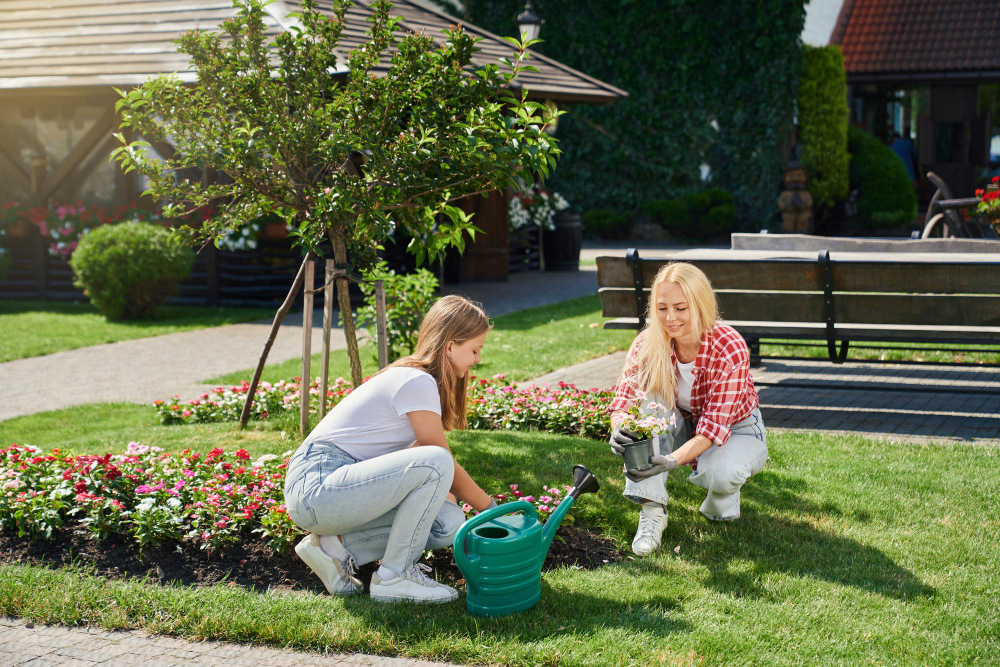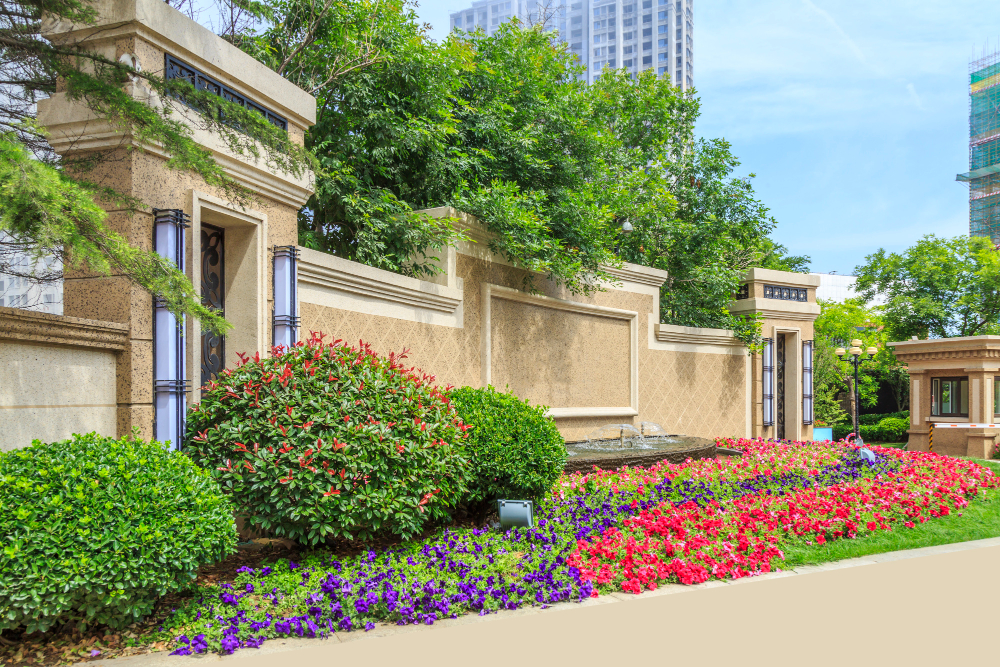Homeowners want to have the perfect garden. It should be filled with shrubs and trees arranged in a visually attractive manner. However, gardening not only tends to be expensive but also harmful to the environment, but it shouldn’t be that way. We encourage you to take note of nature when creating and maintaining your garden.
Practice Xeriscaping
The idea of xeriscape dates back to 1981. Basically, it refers to a landscaping practice that focuses on surviving drought.
Your area does not need to be exposed to drought for you to consider xeriscaping – the point is for homeowners to reduce the need for watering. Therefore, it is a way to save on your water bills.
An easy way to xeriscape is to place plants with the same water needs together for efficient watering. Additionally, you can replace some of the grasses on your property with drought-resistant variants. These include Mexican feather grass, blue oat grass, purple fountain grass, and yellow pampas grass. Likewise, succulent plants such as agave, aeonium, sedum, and crassula are ideal choices.
Install A Sprinkler System
Irrigation is an important activity in any landscaping project. After all, it would help if you kept your shrubs and trees looking lush and green.
No one wants to have faded and wilted foliage. Although you can't eliminate the need for water in your garden, you can always do it more efficiently.
Instead of doing it manually with a garden hose, why not install a sprinkler system? This eliminates the need to do everything yourself.
Additionally, you can adjust the application time and dosage. Additionally, a drip irrigation system should work best for garden beds.
This saves water by targeting the root systems instead of the foliage.
Water them deeply to encourage the establishment of deep roots that make the plants better equipped to combat strong winds and diseases.
Understand Your Area
Whether you’re moving to a new area or have stayed in the same residence for years, you should know the pros and cons of being there. For example, areas prone to high winds would mean using more water. A home that resides in a rough area must be prepared for soil erosion and runoff.
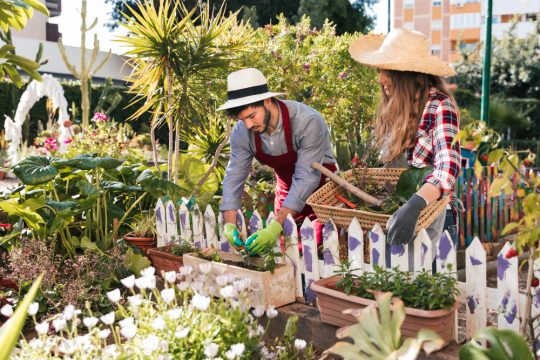
This way, you will know from the beginning where to install protective barriers and implement a design that resists erosion, saving you high repair costs in the long run.
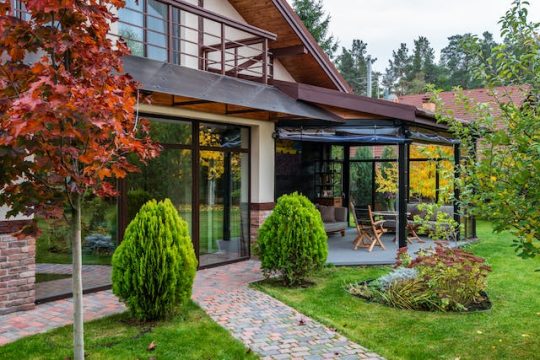
In the same way, you can take advantage of sunlight. If you live in a cold region, you can have south-facing windows to welcome the warmth into your home.
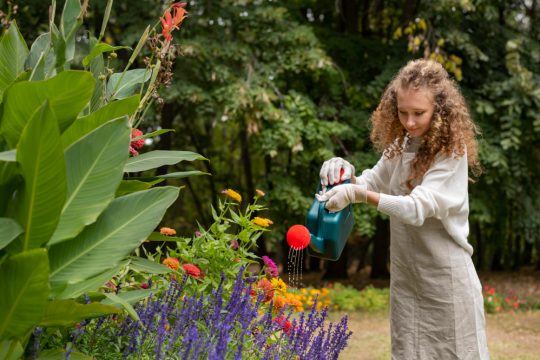
Your property can also be designed in such a way that your front garden and driveway receive adequate sunlight.
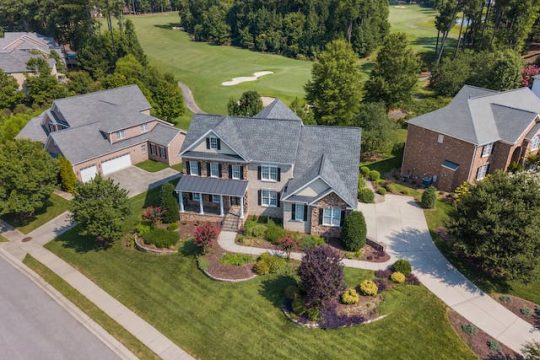
This makes it easier to manage ice and snow accumulation during the winter.
Use Synthetic Grass
This may sound like it is directly opposed to the goal of an eco-friendly garden, but this will save you resources in the future. Artificial grass looks like your regular grass lawn without requiring much maintenance. You do not have to buy any chemical fertilizers, pesticides or herbicides that can contaminate the water.
Water is also unnecessary to maintain a vivid appearance. No matter how many times your children and pets run around, the lawn will not suffer from heavy foot traffic. There is also no need to have a lawnmower that can release toxic gases into the atmosphere. Plus, your local area may even provide a refund if you switch to synthetic grass.
Get A Green Roof
Landscaping is not limited to your garden. Instead of having a conventional roof, you can convert it to an eco-friendly roof that could significantly reduce your energy bills. In addition to reducing heat inside your home or even providing insulation when necessary, a green roof will also minimize water runoff. Of course, it also feels good to relax on the green roof itself.
Basically, your roof will be covered in lush greenery. Local authorities encourage this type of sustainable roof construction – and it is sure to improve the value of your property. It can effectively reduce noise pollution while serving as a shelter for plants and birds.

